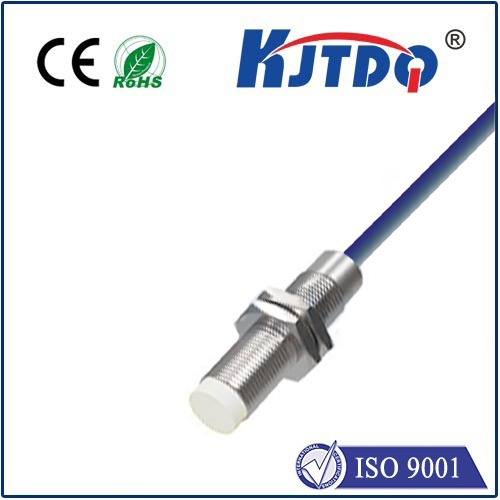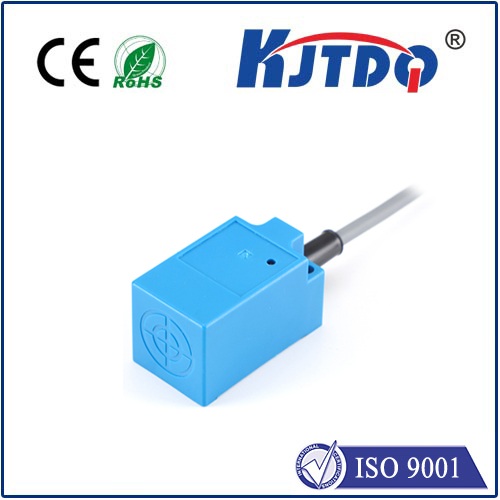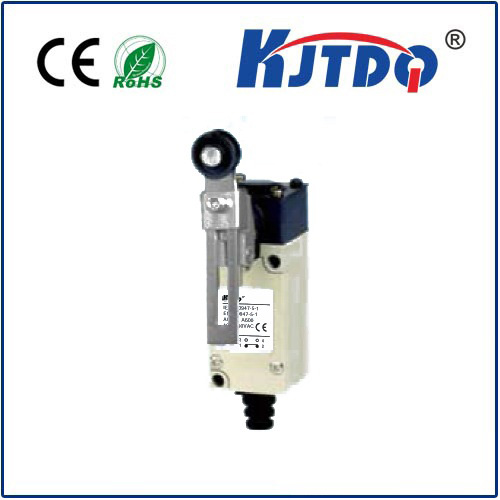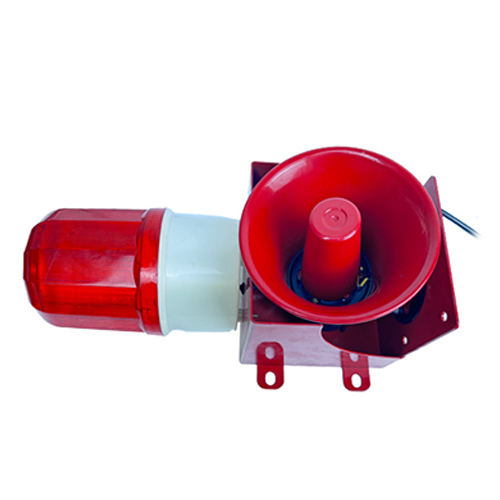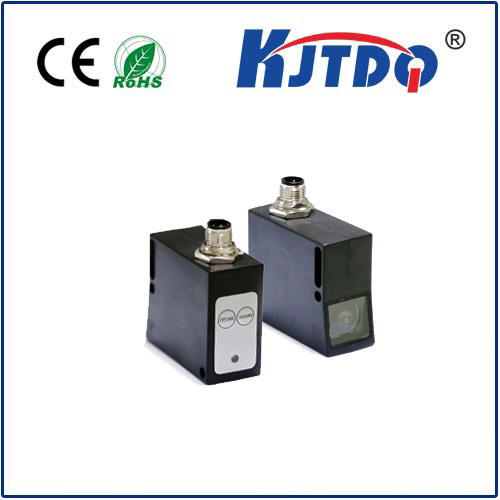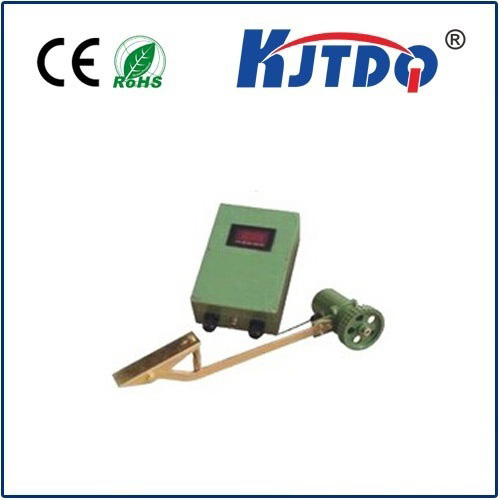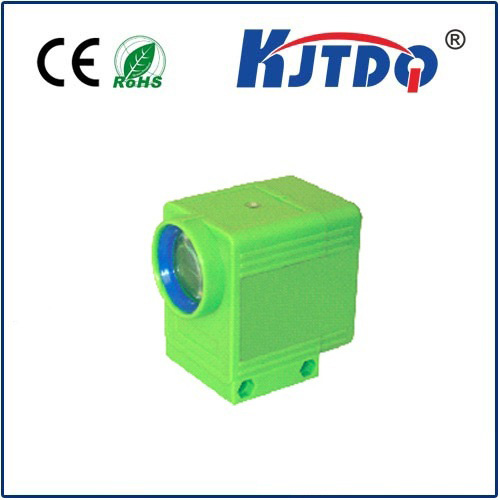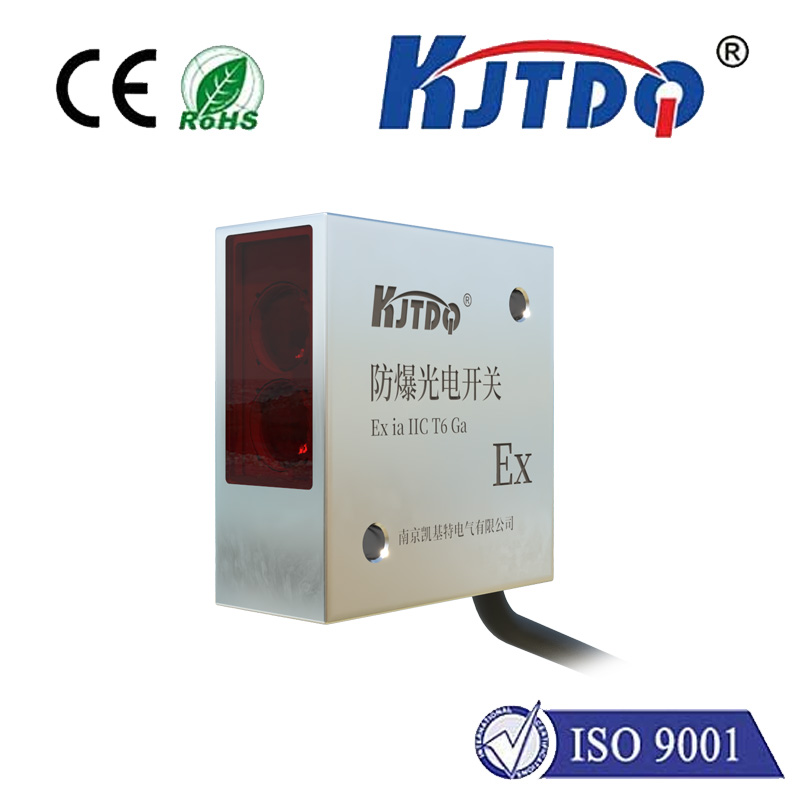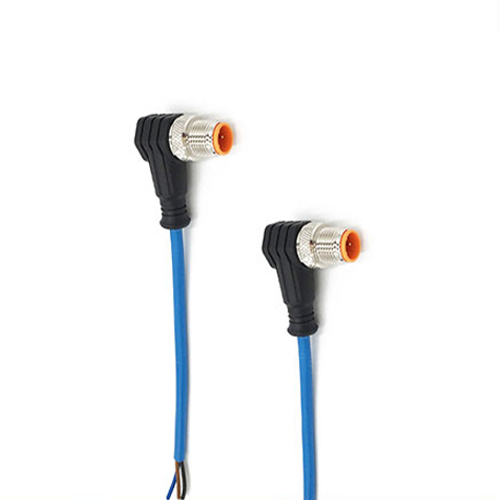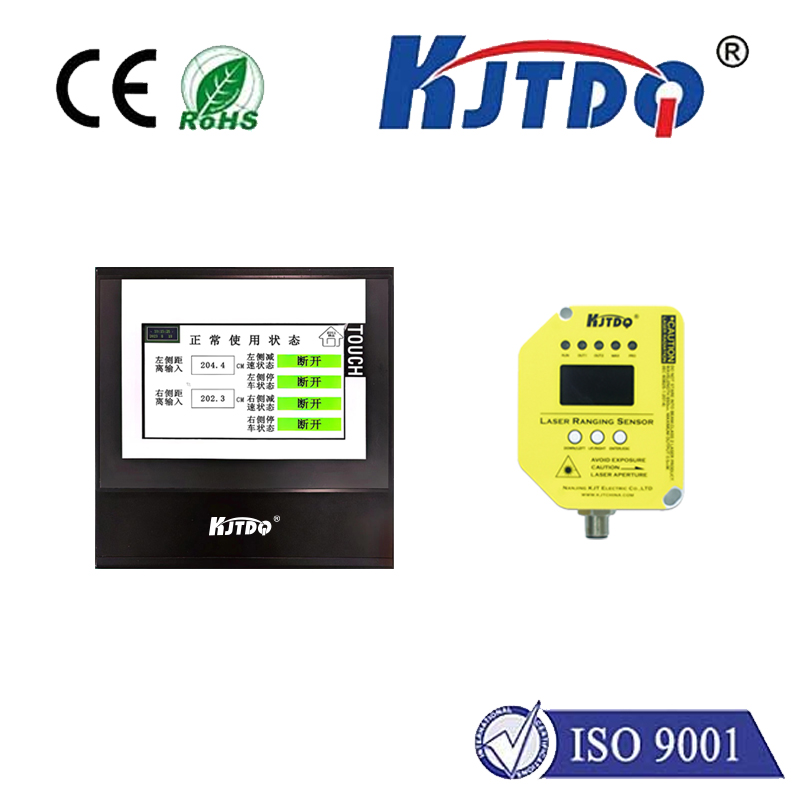

check

check

check

check
Optical Fiber Sensors: Innovating the Future of Measurement and Monitoring
Optical fiber sensors have become a cornerstone in modern engineering and science, offering a unique blend of precision, durability, and versatility. With their ability to measure a wide range of physical parameters, they are widely used in industries such as aerospace, automotive, energy, and healthcare. The FU-18 optical fiber sensor is a prime example of how these sensors are being advanced to meet the demands of today’s technological landscape.
At the heart of optical fiber sensors is the principle of optical interference. Light is introduced into a fiber optic cable, and changes in the physical properties of the fiber—such as strain, temperature, or pressure—cause variations in the light’s intensity or wavelength. These variations are then detected and converted into meaningful data. The FU-18 is designed to be highly sensitive and reliable, making it a preferred choice for applications where accuracy is paramount.

One of the key advantages of the FU-18 is its compact size and low power consumption. This makes it ideal for use in environments where space is limited or energy efficiency is crucial. Its construction is also robust, ensuring long-term reliability even under harsh conditions. Whether it’s monitoring the structural integrity of a bridge or tracking the performance of a spacecraft, the FU-18 delivers consistent and accurate results.
The FU-18 is particularly well-suited for applications involving strain measurement. By measuring the deformation of materials, it can provide real-time data on the stress levels within a structure. This is invaluable in industries like construction and manufacturing, where understanding the load distribution is critical to ensuring safety and efficiency.
In addition to strain measurement, the FU-18 can also be used to monitor temperature and pressure. Its sensitivity allows it to detect even minor changes in these parameters, which is essential in applications such as fluid dynamics, process control, and environmental monitoring. The ability to integrate with existing systems and provide data in real-time makes it a flexible solution for various applications.
The integration of the FU-18 into modern systems is not just about technical performance—it also represents a shift towards smart, connected infrastructure. With the rise of the Internet of Things (IoT), sensors like the FU-18 are playing a vital role in enabling data-driven decision-making and predictive maintenance. This is a significant step forward in the evolution of industrial and scientific instrumentation.
As technology continues to advance, the FU-18 stands as a testament to the power of optical fiber sensors. Its design, performance, and versatility make it a valuable tool in a wide array of applications. Whether it’s enhancing the safety of a bridge, optimizing the efficiency of a manufacturing plant, or monitoring environmental conditions, the FU-18 is a powerful solution that continues to shape the future of measurement and monitoring.
In conclusion, the FU-18 optical fiber sensor is not just a tool—it is a breakthrough in how we perceive and interact with the physical world. By leveraging the unique properties of optical fibers, it offers a new dimension of precision and reliability. As the world moves towards smarter, more connected systems, the FU-18 will continue to be a key player in the evolution of sensor technology.
